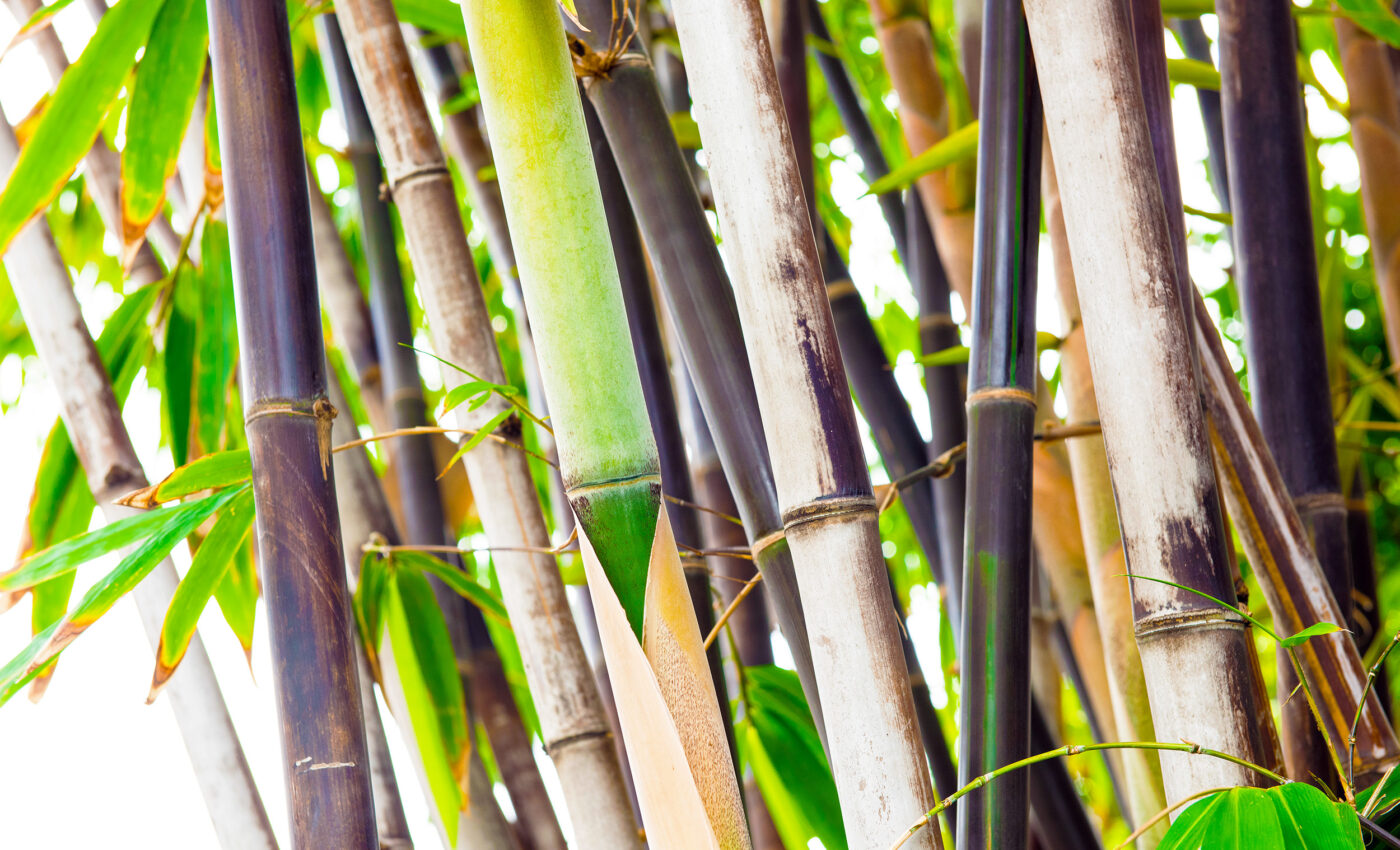
This plant flowers once every 120 years, then it immediately dies
The wonders of the natural world have never ceased to amaze, especially when you consider plants that follow an exceptional timeline for reproduction. This is especially true for Phyllostachys nigra var. henonis.
Most plants in our daily purview flower every year, showcasing their blossoms for the world to see. But imagine waiting for a plant to bloom for over a century only to discover that its future is uncertain. Such is the fate of a unique bamboo species native to Japan.
The Phyllostachys nigra var. henonis bamboo species is monocarpic. This means it flowers once in its lifetime and then dies. What sets this bamboo apart from others is its unusually long life cycle. It flowers once every 120 years before giving way to the next generation.
But the upcoming flowering event for this species, eagerly awaited by botanists, ecologists, and bamboo enthusiasts alike, brings with it concerns about the plant’s continuity. Most of these bamboo flowers are not producing seeds that can germinate, which poses significant concerns for their long-term survival.
Studying Phyllostachys nigra var. henonis
This bamboo type, widespread in Japan, is much more than a tall grassy plant; it serves as both a vital food source and a crucial material for craftwork. Any impediment to its reproductive cycle could spell disaster for the local ecology and the country’s economy.
A recent publication in PLOS ONE on June 12 brings attention to the alarming observations by researchers who took a keen interest in this once-in-a-century event.
Since the last recorded flowering of this bamboo species was back in 1908, the present situation offers a unique opportunity for scientists to understand its reproductive ecology. Toshihiro Yamada is the lead researcher and first author of the study from Hiroshima University. He noted that while a vast majority of the culms flowered, they did not produce any viable seeds.
Yamada stated, “The bamboo did not produce any viable seeds that can germinate. Bamboo shoot production was stopped after flowering. There was no sign of regeneration of this bamboo after flowering for the initial three years.”
High stakes when you flower once every 120 years
With about .17 million hectares of Japanese land occupied by three bamboo species, including the P. nigra var. henonis, the implications are monumental.
Without producing viable seeds, vast swathes of bamboo territory could transform into open grasslands. This change would not only alter the ecology of these areas but would also severely impact the availability of bamboo as a resource.
The repercussions extend far beyond the obvious. The rapid transformation from dense bamboo forests to open grasslands has potential knock-on effects on the myriad insects and animals that rely on bamboo for sustenance or shelter.
Furthermore, bamboo is known for its vast and sturdy rhizome system, which is instrumental in preventing soil erosion. A sudden loss of large bamboo stretches could lead to changes in the topographical features of these regions.
Highlighting the magnitude of the shift, Yamada remarked, “So, a bamboo stand will turn into a grassland after bamboo flowering for at least several years. We may need to manage this drastic change after bamboo flowering.”
Planning potential mitigation strategies
There are potential mitigations, like using fertilizers or replanting bamboo from stands that haven’t flowered. However, managing the aggressively spreading rhizomes of this bamboo will present its own set of challenges.
Crucially, understanding why this bamboo variant produces fewer viable seeds is a pressing concern. The ramifications of this peculiar reproductive issue and how it will influence the longevity of the species are subjects that researchers will be grappling with for some time.
Moreover, considering the bamboo’s aggressive spread and the intensive management needed to prevent it from overpowering forests and agricultural zones, strategic decisions might best be made post-flowering when the bamboo is at its most vulnerable.
This unique bamboo’s once-in-a-century bloom has not only revealed its exquisite beauty but also unveiled challenges that will require a harmonious blend of science, strategy, and stewardship to overcome.
—
Like what you read? Subscribe to our newsletter for engaging articles, exclusive content, and the latest updates.
—–
Check us out on EarthSnap, a free app brought to you by Eric Ralls and Earth.com.













